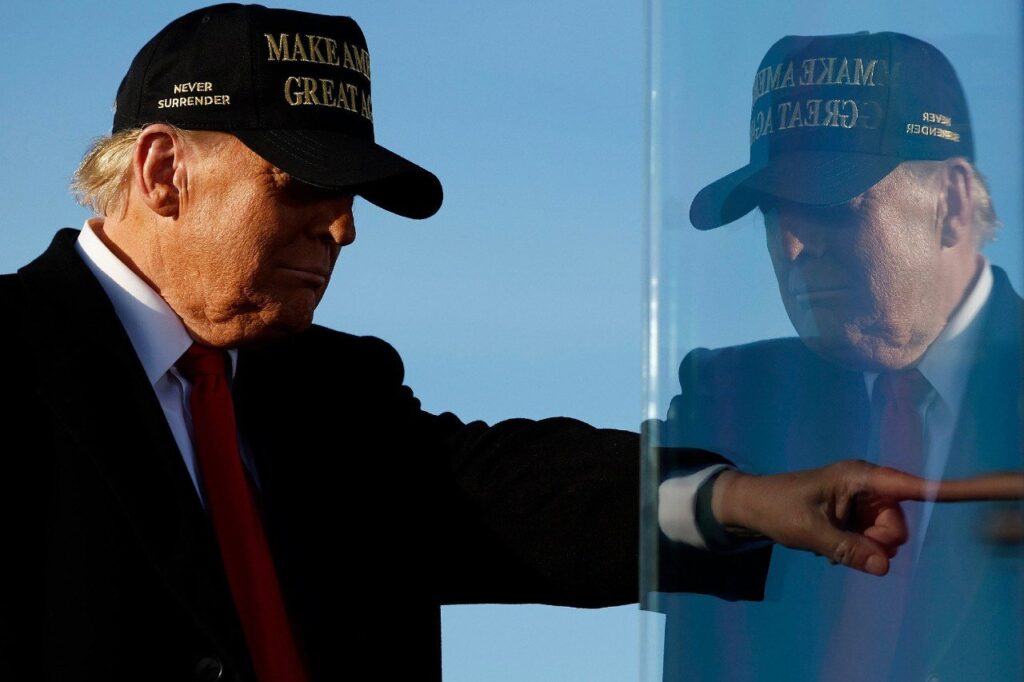While speaking to reporters in Air Force 1, Trump said some countries have a trade deficit of over $1 billion, but China is more than $1 trillion.
“We have a trade deficit of $1 trillion with China. We lose hundreds of billions of dollars in the year we lost to China. I’m not going to trade unless we solve that problem,” he said. “I want to do business with China, but they have to resolve this surplus. We have an incredible deficit problem with China… I want to solve it.”
Trump also said that due to tariffs, the US has a dedicated investment of $7 trillion “at a level that we have never seen before” when it comes to building auto manufacturing plants, chip companies and other types of companies.
But in terms of trade deficits, Trump said he spoke to many leaders in Europe and Asia.
“A deficit is a loss,” he said. “We either have surplus or in the worst case scenario, we’ll end up breaking down. But China is the worst in the group because the deficit is so big and not sustainable.
“I’ve been elected for this,” Trump added.
Trump spoke with reporters for about 16 minutes, during which reporters asked many questions about tariffs.
The president expects tariffs to bring another $1 trillion by next year. He also said the companies will begin relocating to the US in places such as North Carolina, Detroit and Illinois.
“What will happen to the market? I can’t tell you. But we can say that our country has become stronger and in the end it will become an unparalleled country,” Trump said. “It will be the most dominant country in the world economically. That’s what it should be.”
Trump also looked at the tariffs on Sunday night, turning to the true society.
“We have a massive fiscal deficit with China, the European Union and many others. The only way we can fix this is tariffs that are currently bringing tens of millions of dollars into the United States,” the president wrote. “They are already effective and eye-opening. The surplus with these countries grew during the sleepy Joe Biden’s “presidency.” We reverse it and immediately reverse it.
Trump implemented a 10% baseline tariff on all goods imported into the US, but some countries were slapped at higher tariffs.
He took a particularly tough approach to China, but suffered a 20% tariff earlier this year. China currently faces 34% mutual tariffs, in addition to the 10% baseline imposed on listed countries.
MNA/

